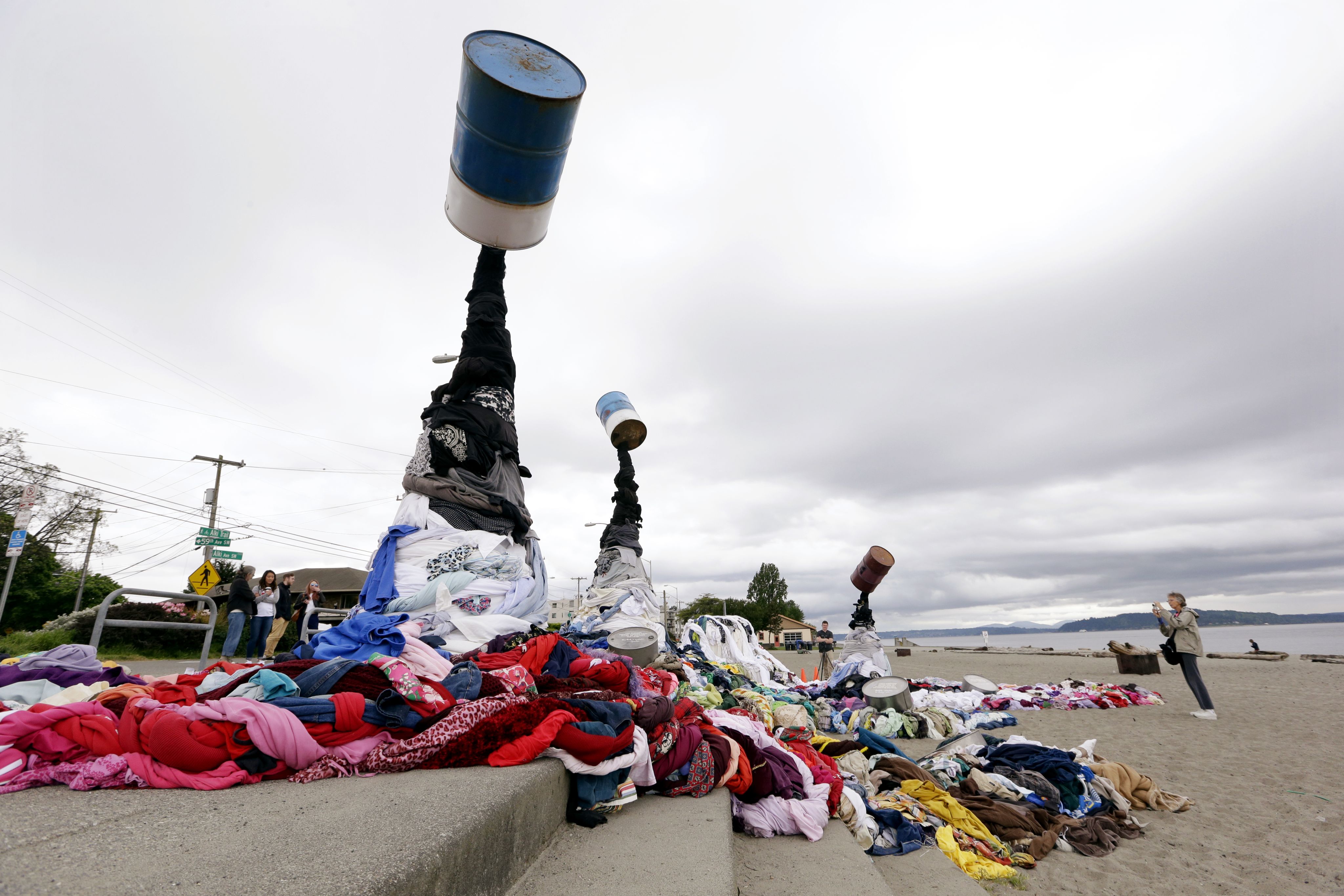Is the price worth paying?
Ethics, the environment, and the fast fashion industry.
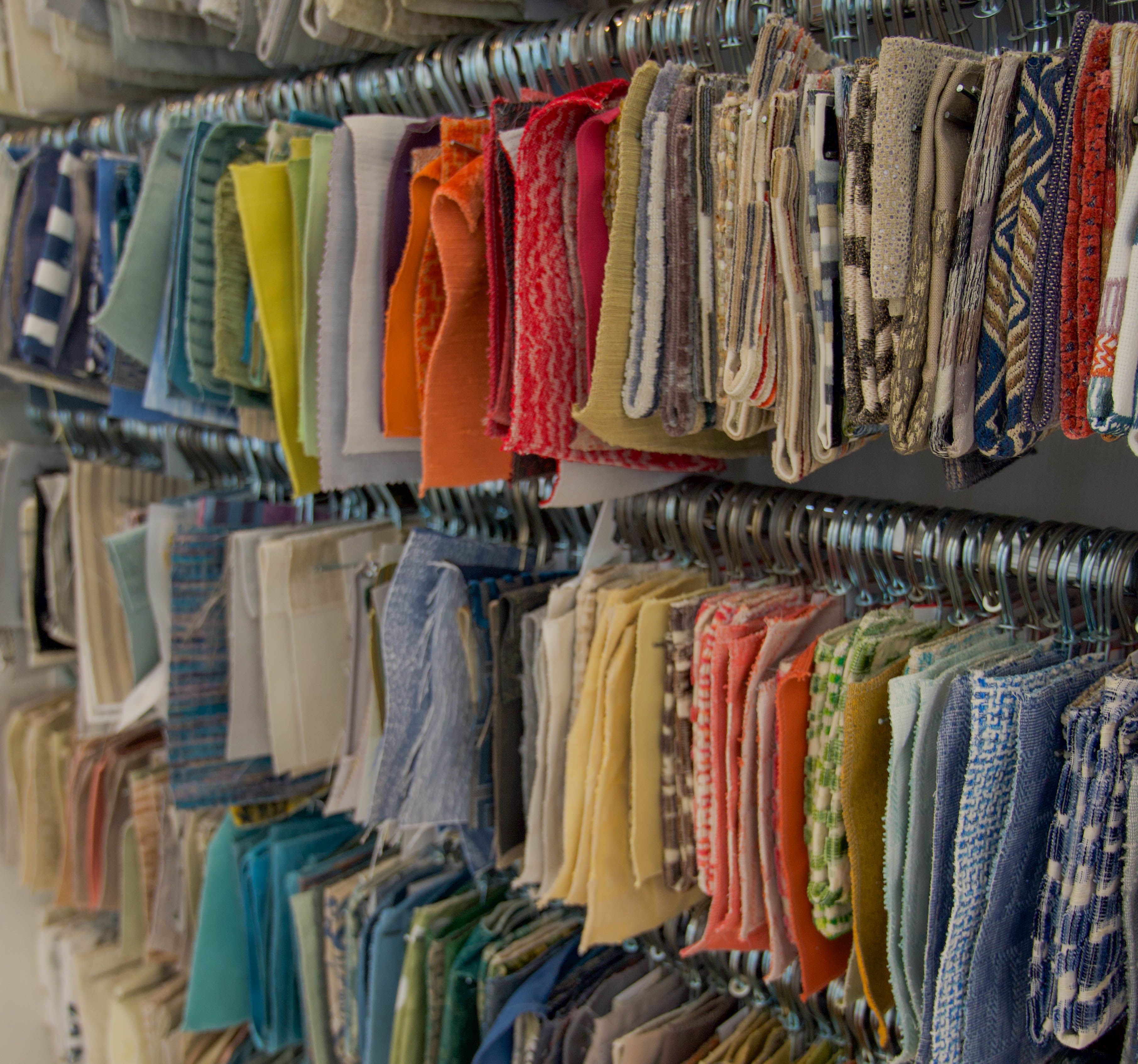
What's the big deal?
Some may describe fashion as a way to express themselves without uttering a word.
A passion, a love, a hobby, a creative outlet, a comfort,
or maybe the reason.
An outfit may be the reason a depressed teenager gets out of bed in the morning,
or may be the reason a newly single mom shows up in court to fight her divorce,
or just may be the reason a widow finally shows up to a date after 10 years of being alone.
Fashion should be valued.
and yet,
in just twenty years it has become trash.
Not just literal garbage, but damaging to humanity and our globe.
But don't worry, the top you buy to wear for one night makes no impact on the global crisis that is the fast fashion industry.
Clothing is disposable right?
Until it's not.

Economical
A brand's supply chain is the root of the issue. And fast fashion brands are producing twice as much today than they were in 2000.
According to Zippia, in 2023, the retail industry reached a whopping $1.9 trillion in sales.
The U.S. brought in 343.70 billion of those dollars.
Fashion is a driving force of economics.
Environmental
What most consumers do not know is that there are oceans, shores, and desserts that have been annihilated by textile waste.
Earth.org says the average American throws away approximately 81.5 pounds of clothing per year.
Apart from waste, carbon emissions will increase by 50% in the next seven years due to factories and transportation of garments.
Social
12.6% of the world's work population are dedicated to working in fashion.
According to Zippia, a majority of these workers are located in Asia.
The fast fashion industry has become the biggest gateway to modern day slavery, labor trafficking, and child abuse.
For an industry that is predominately women empowered, mothers and children around the world are suffering because of it.
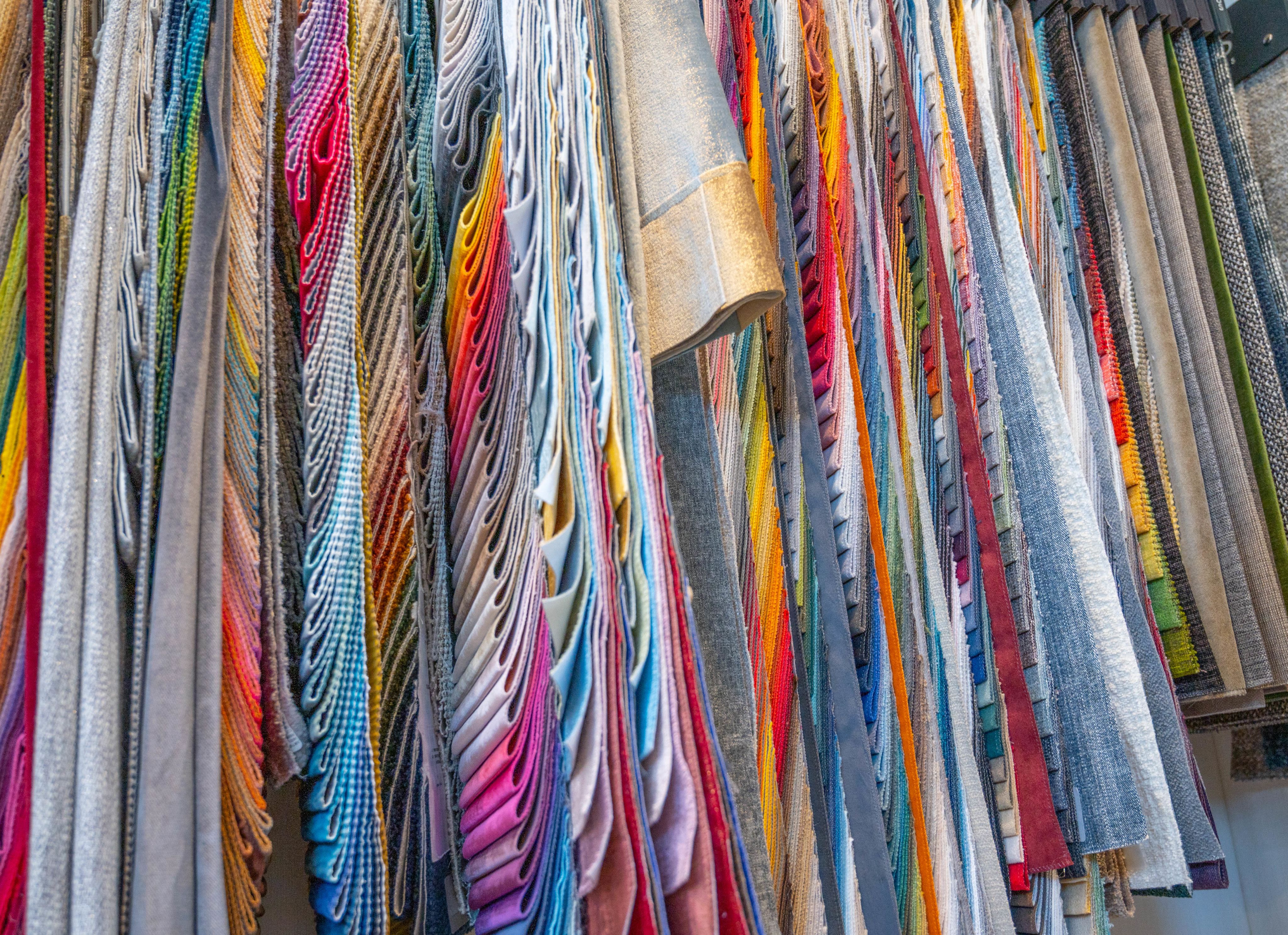
Are we the problem?
In a world of trends, capitalist brands overcompensate to keep up with their consumers.
When one hears the issue of fast fashion brands over producing, they think it is the brand that is the issue.
But lets face it, consumers drive the demand.
“When you know better you do better, except that is not the case for fast fashion.”
Whether you know the social, economic, and environmental impact of fast fashion brands, are you ever going to stop purchasing from them?
Why would someone spend $70 on a pair of jeans when they can get them for $20?
Carrie Kemmer, a TCU Supply Chain professor, shed some light on how the supply chain of the fashion industry has many unsolvable issues.
A supply chain can be classified as "end to end." The manufacturing, to the distribution sites, to the retail store. Brands oversee it all.
Economically, brands often struggle to be completely domesticated. Meaning, brands have to use resources outside of the United States.
It is cheaper for a brand to underpay workers in a factory in Bangladesh or China and then pay for shipping to the states than to produce their products here.
This process brings the issue of 1) taxing the environment of carbon emissions through transportation and 2) humanitarian rights of the underpaid workers in other countries.
While the brands capitalize on their product bought by consumers, those who make the product suffer and fall into a deeper deficit.
H&M, a fast fashion brands, newest collection. Keeping up with the current trend of feminine core.
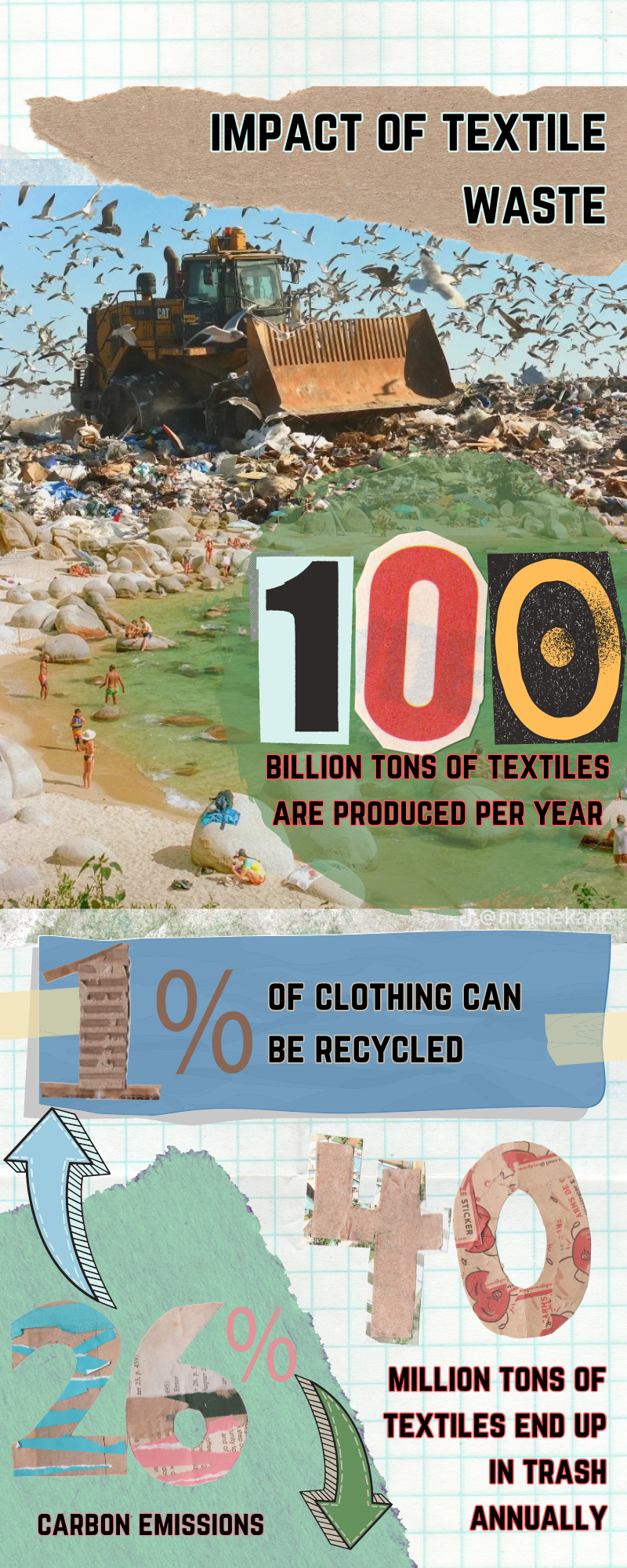
A disposable closet
Trends eb and flow.
No one wants to wear infinity scarves and gladiator sandals anymore. That was so ten years ago.
But even worse, in 2023, no one wants to wear anything they bought six months ago.
Now the trend is to buy clothing that you will only wear once. Because who wants to be an outfit repeater?
Once you've snapped your Instagram picture in your outfit, the clothing then becomes old news.
But where do those clothes end up?
Waste Management, America's leading garbage service, does not have a way to dispose of clothes.
Waste Management's Misty Adams said, "WM does not accept textiles as part of its recycling program. Textiles can damage machinery at the recycling facility by wrapping around the equipment. We encourage people to donate textiles to a local donation center."
This means when your clothing goes in the trash, it ends up sitting in a landfill eternally.
Not only can textiles not be recycled but they can also not be properly disposed of.
Normally, trash companies burn their garbage to permanently dispose of it.
Textiles, especially those of fast fashion cannot be burned.
The cheap synthetic fabric made mostly of polyester has chemicals that are toxic when burned.
So, where does all this trash go?
The Atacama Desert in Chile has become a graveyard for fast fashion.
Textile trash rots on the beaches of the once beautiful Accra, Ghana.
Modern slavery
Megan Otte, TCU's International Justice Mission's chapter president explained that labor trafficking is an issue in the U.S.
Most people hear forced or child labor and think "not America's problem!"
However, it is a problem that is prevalent and overlooked.
This does not just mean in the fashion industry but also in service. Nannies and maids are often a common target for labor trafficking.
Traffickers find the most vulnerable pupils to target, and those are most likely people who are financially vulnerable.
International Justice Mission works on restoring the humanity of people's lives out of the U.S. through various trafficking incidents.
In Fort Worth, Meghan Farmer, CEO of the Bright Factory makes her impact by hiring and helping them restore their lives.
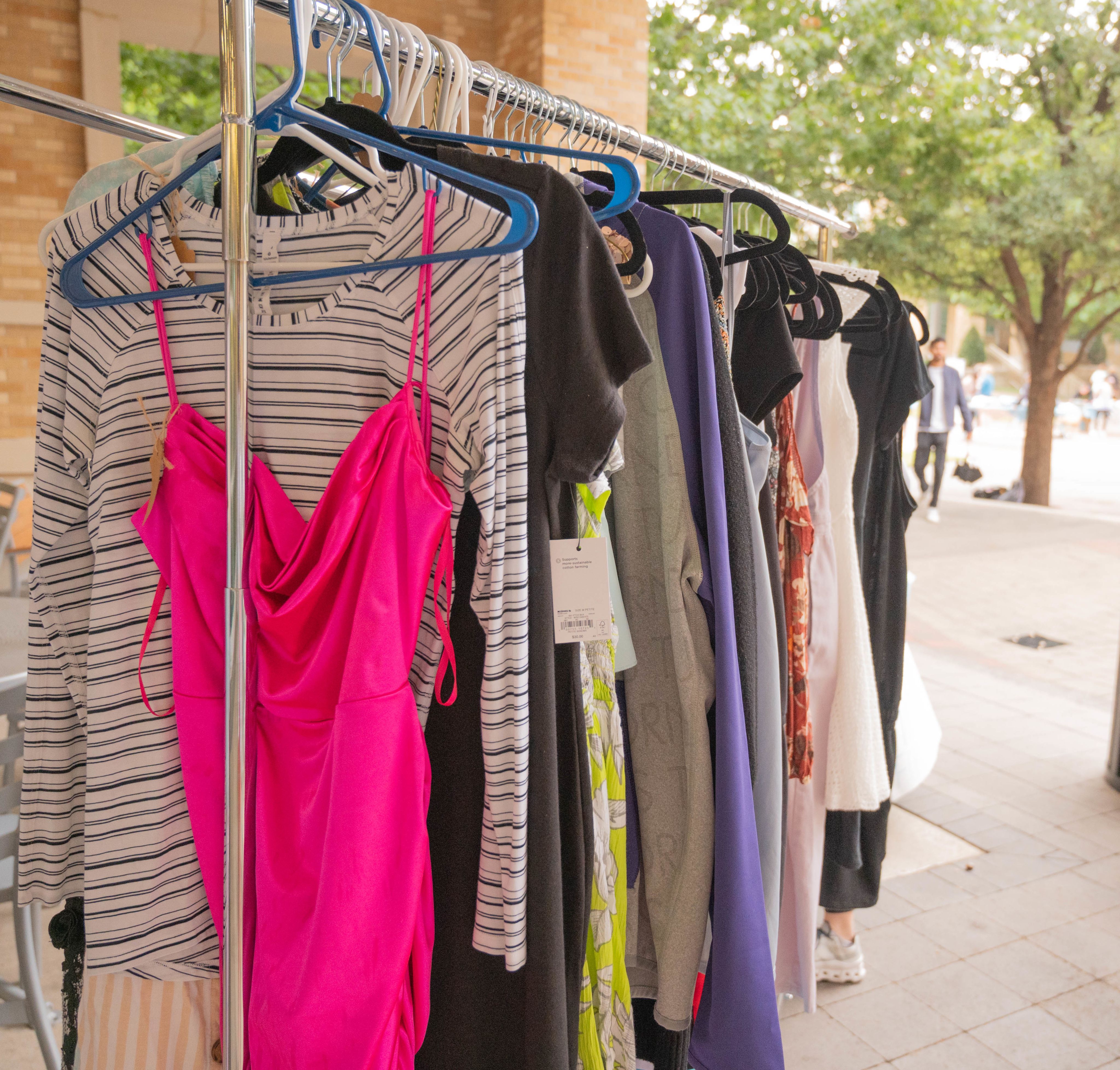
Dresses on display for TCU students to thrift in support of TCU's International Justice Mission chapter. (Photo by Ella Gonzales)
Dresses on display for TCU students to thrift in support of TCU's International Justice Mission chapter. (Photo by Ella Gonzales)
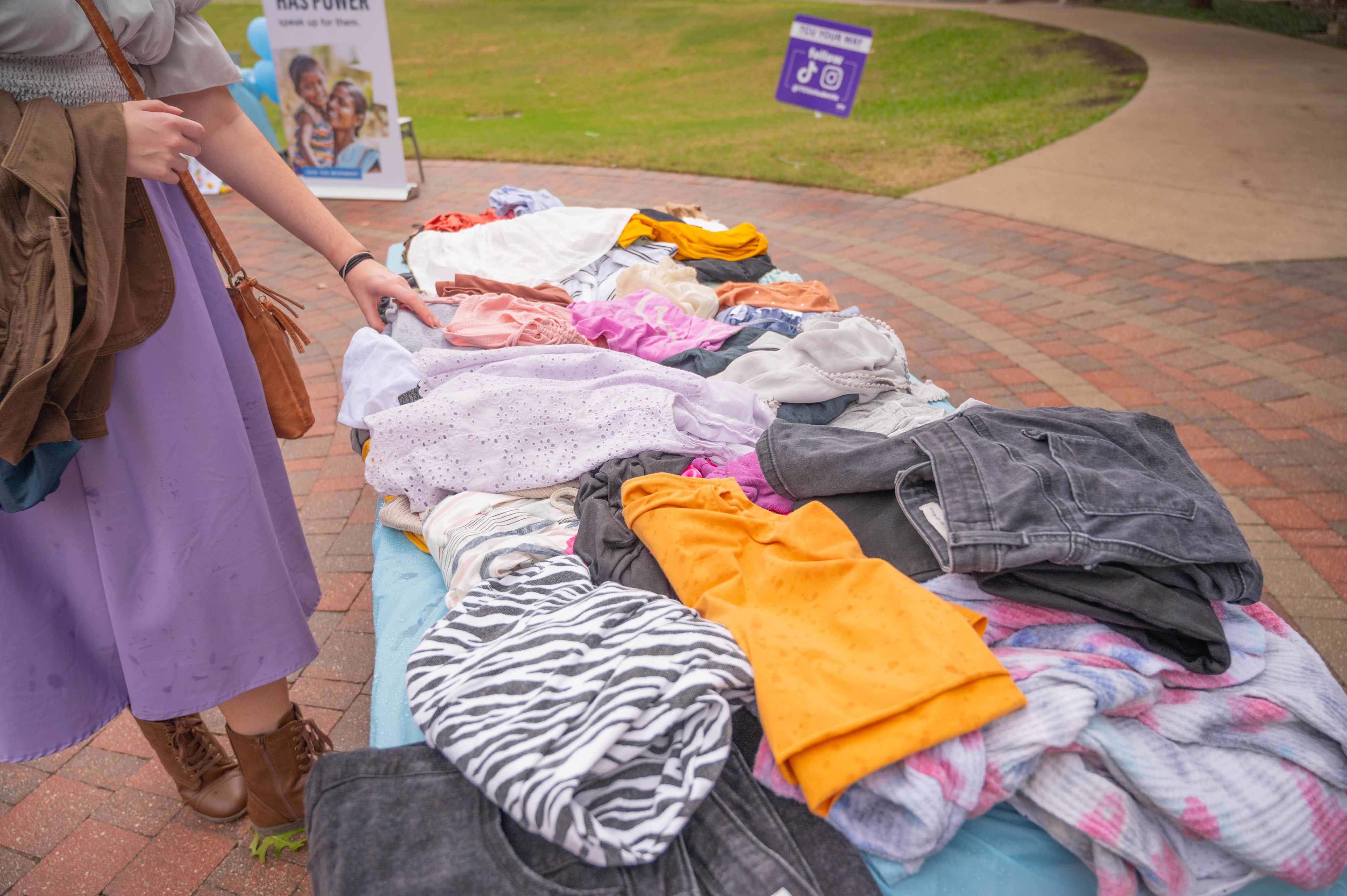
A student thrift shopping through various t shirts and tops during the Threads event hosted by TCU International Justice Mission. (Photo by Ella Gonzales)
A student thrift shopping through various t shirts and tops during the Threads event hosted by TCU International Justice Mission. (Photo by Ella Gonzales)
Farmer was heavily impacted by the 2013 Rana Plaza collapse. This incident in Bangladesh killed 1130 employees and injured a few thousand more.
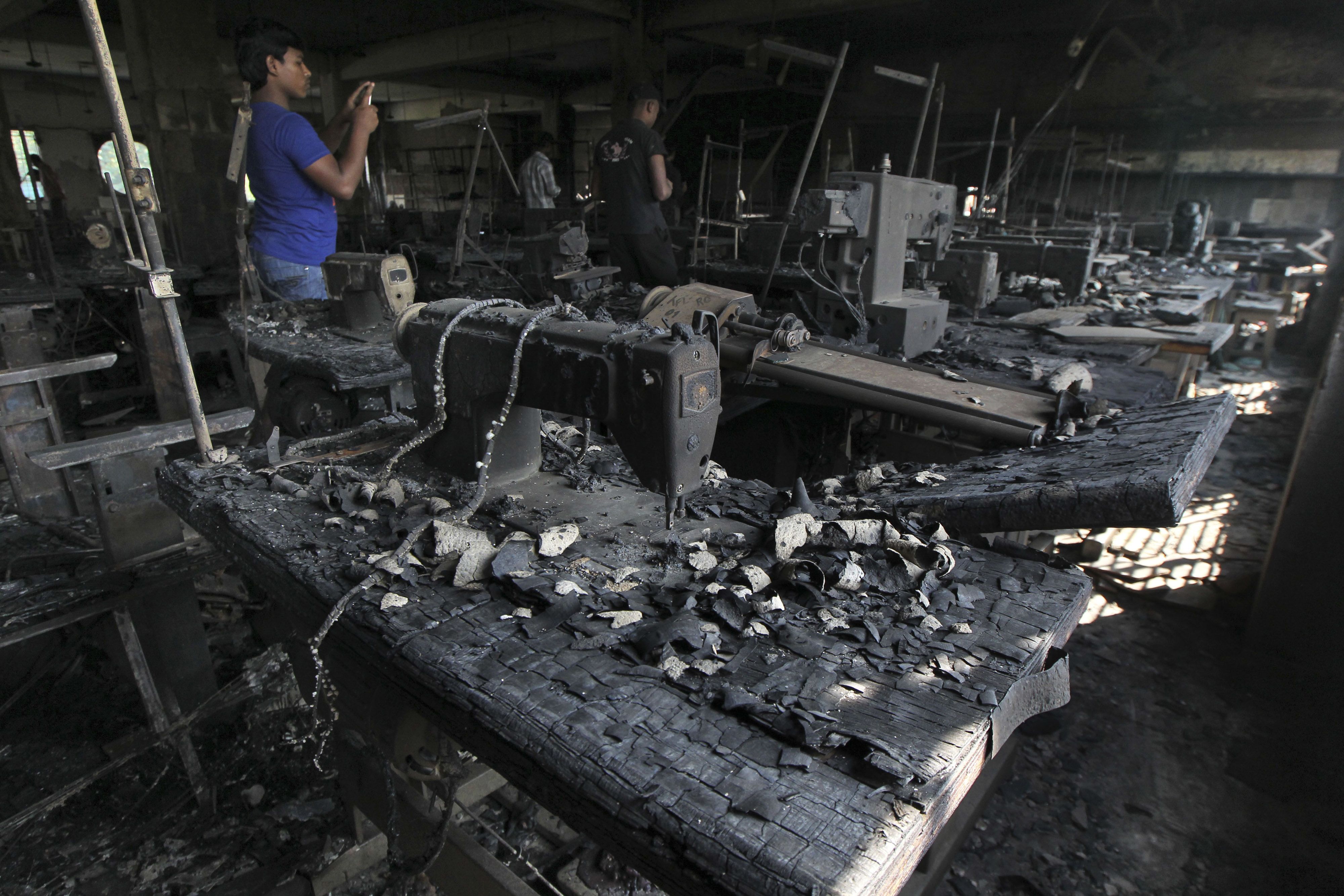
Aftermath of the Dhaka factory fire 2013, Bangladesh. (Photo Courtesy of AP Photos)
Aftermath of the Dhaka factory fire 2013, Bangladesh. (Photo Courtesy of AP Photos)
Employees in this particular factory were complaining for months about doors not opening and faulty machinery. Employers did not listen to these fire hazards.
"This is the cost of peoples lives to make our cheap clothes."
Farmer has ample experience in the fashion industry and this particular event sparked a fire in her to make a change.
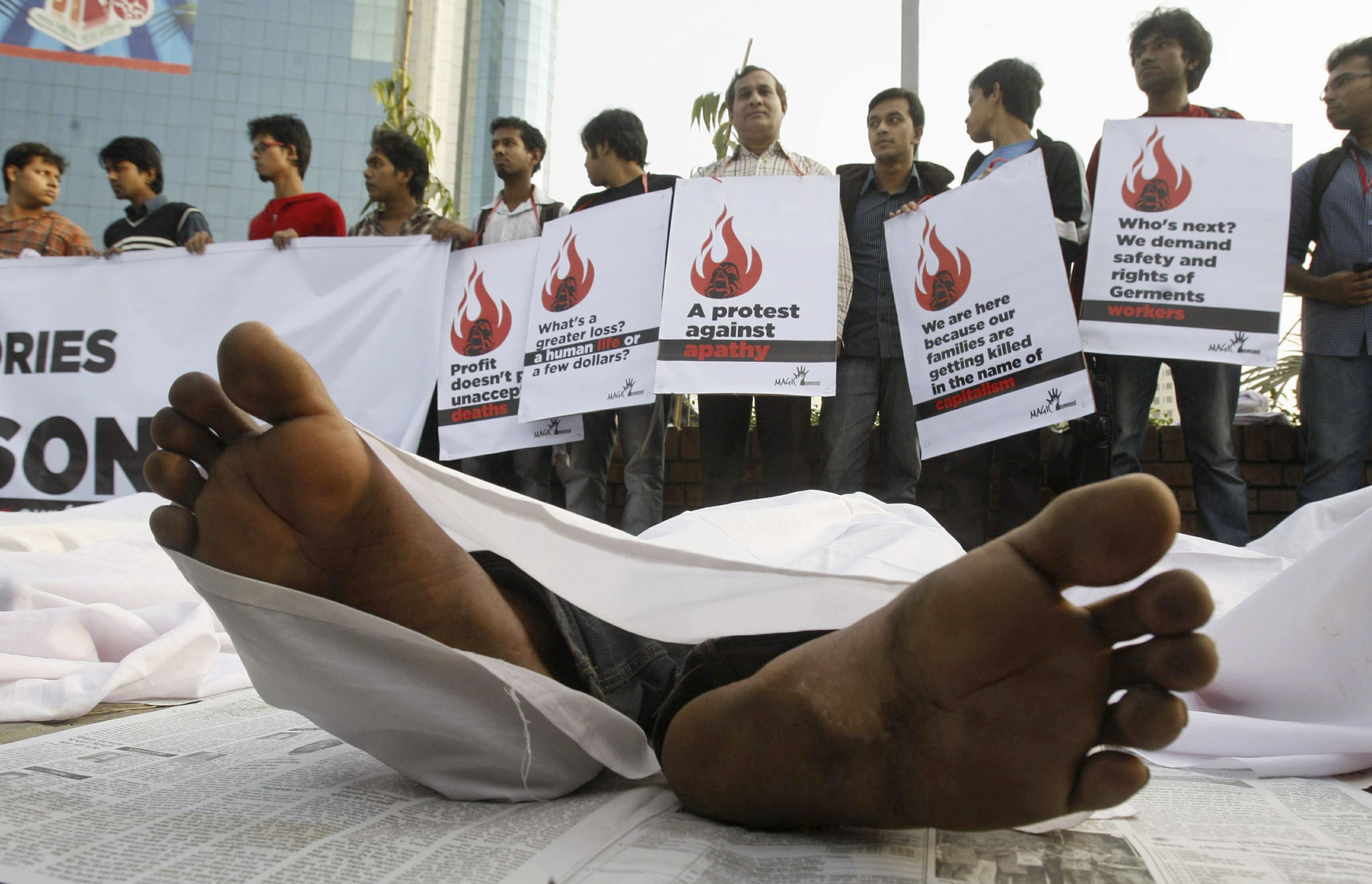
Protest after Rana Plaza building collapse, Bangladesh 2013. (Courtesy of AP Photos).
Protest after Rana Plaza building collapse, Bangladesh 2013. (Courtesy of AP Photos).
While the environmental impacts of fast fashion can be worrisome, the humanitarian issue is detrimental.
Besides the fact of garment workers barely making a living, they are treated as inhuman.
The suicide and depression rates of garment workers are just another issue to add to the list of ethics in fast fashion.
This should make you think...is my piece of clothing valuable with such a dark origin story?
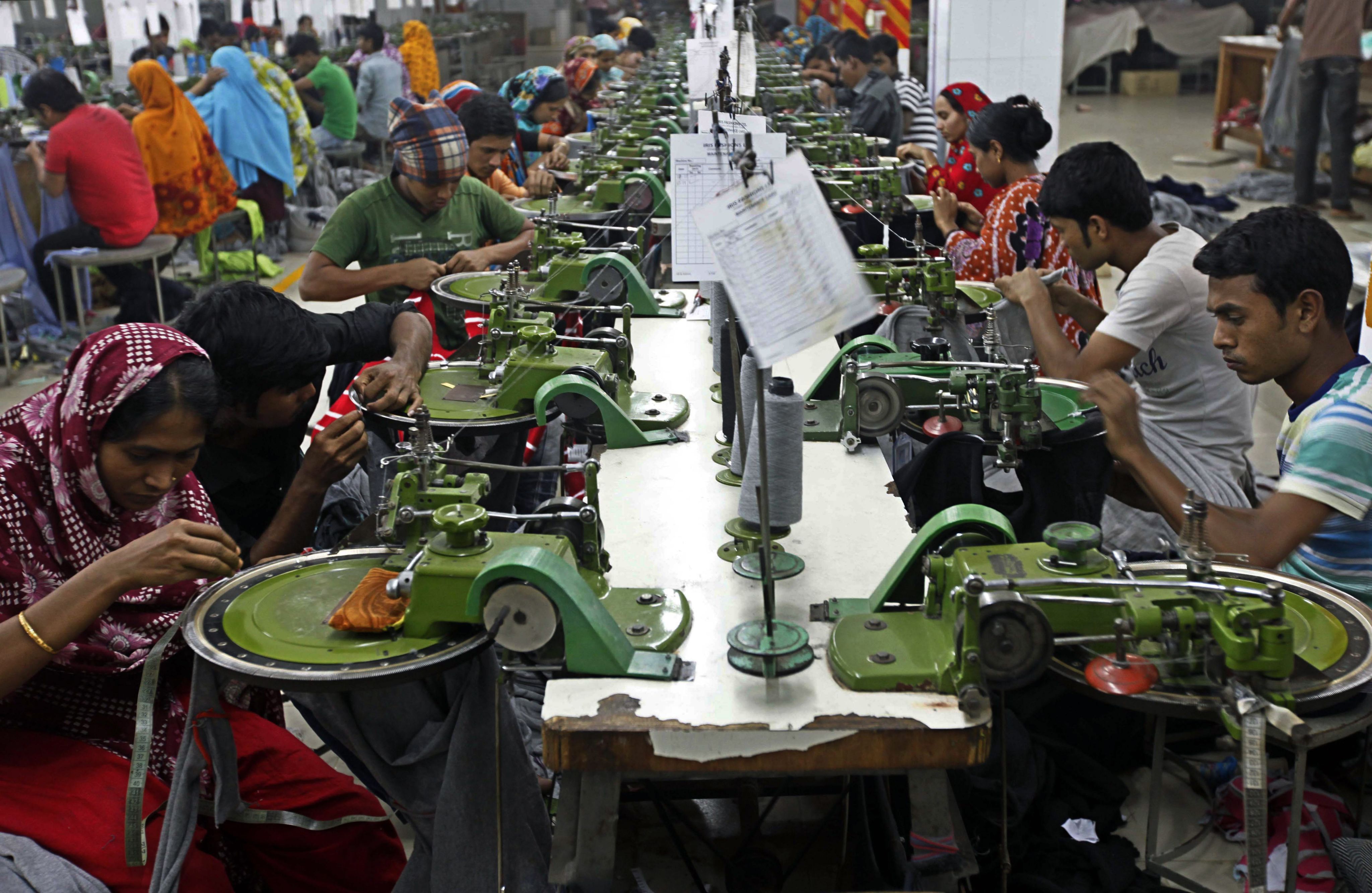
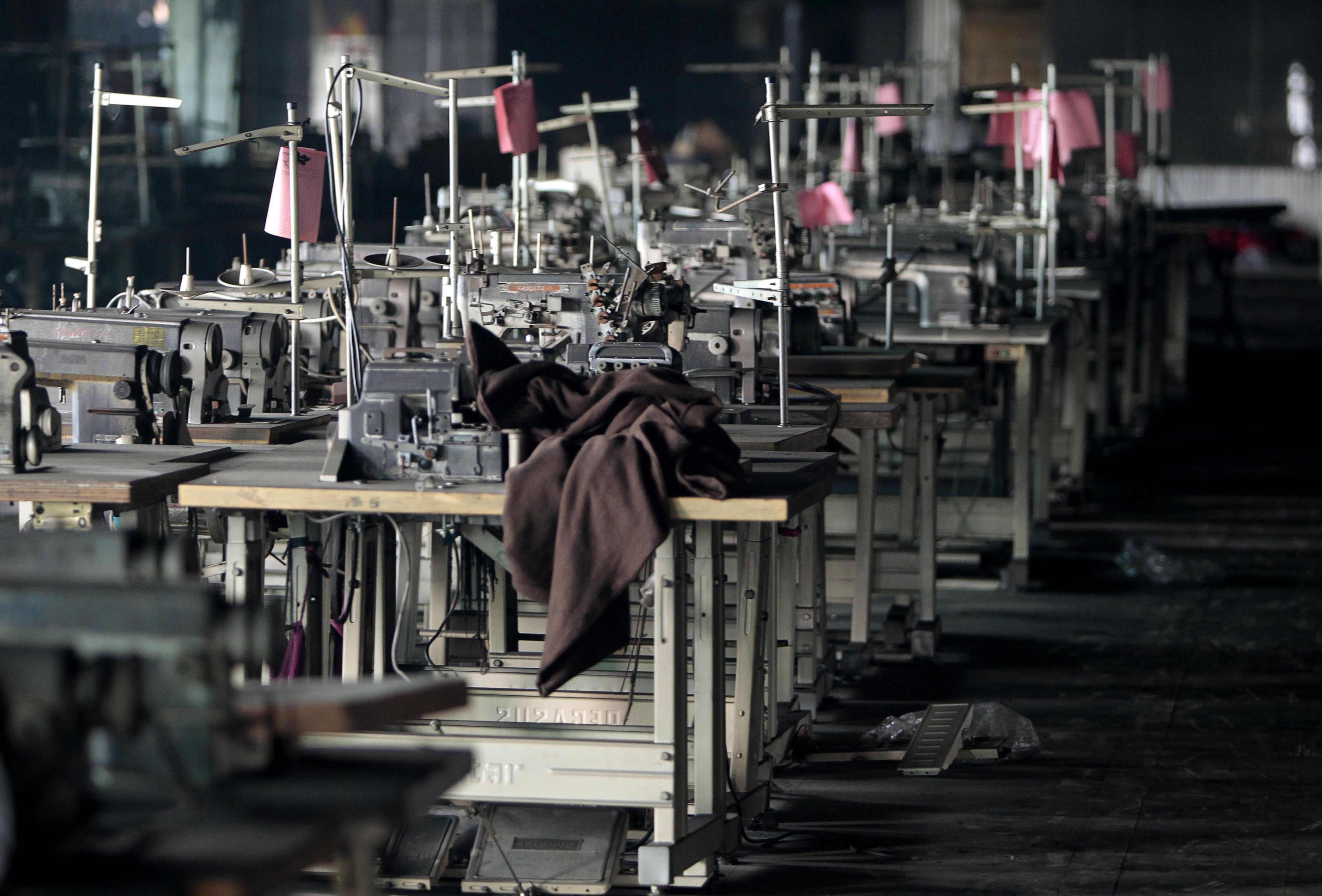
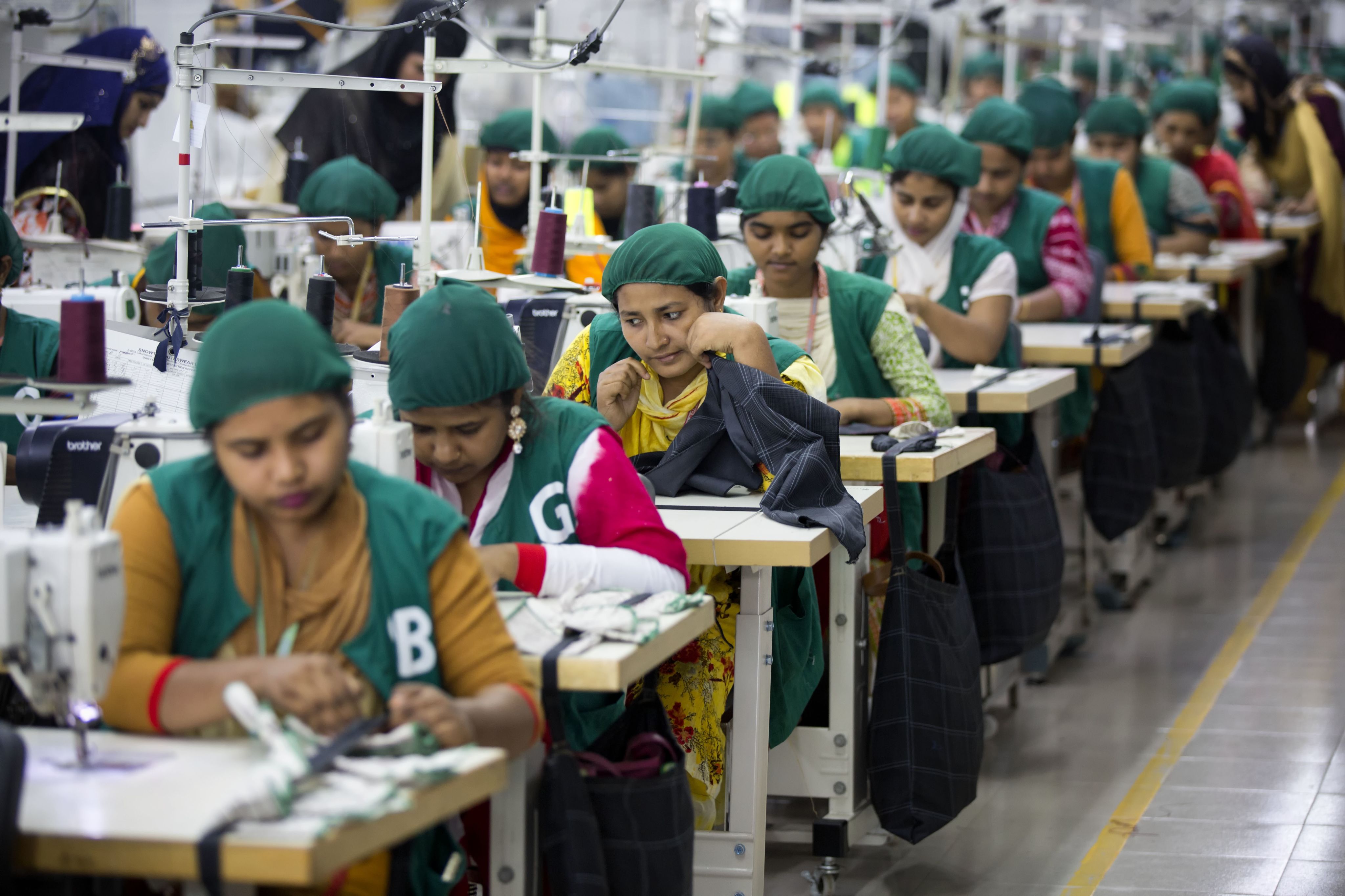
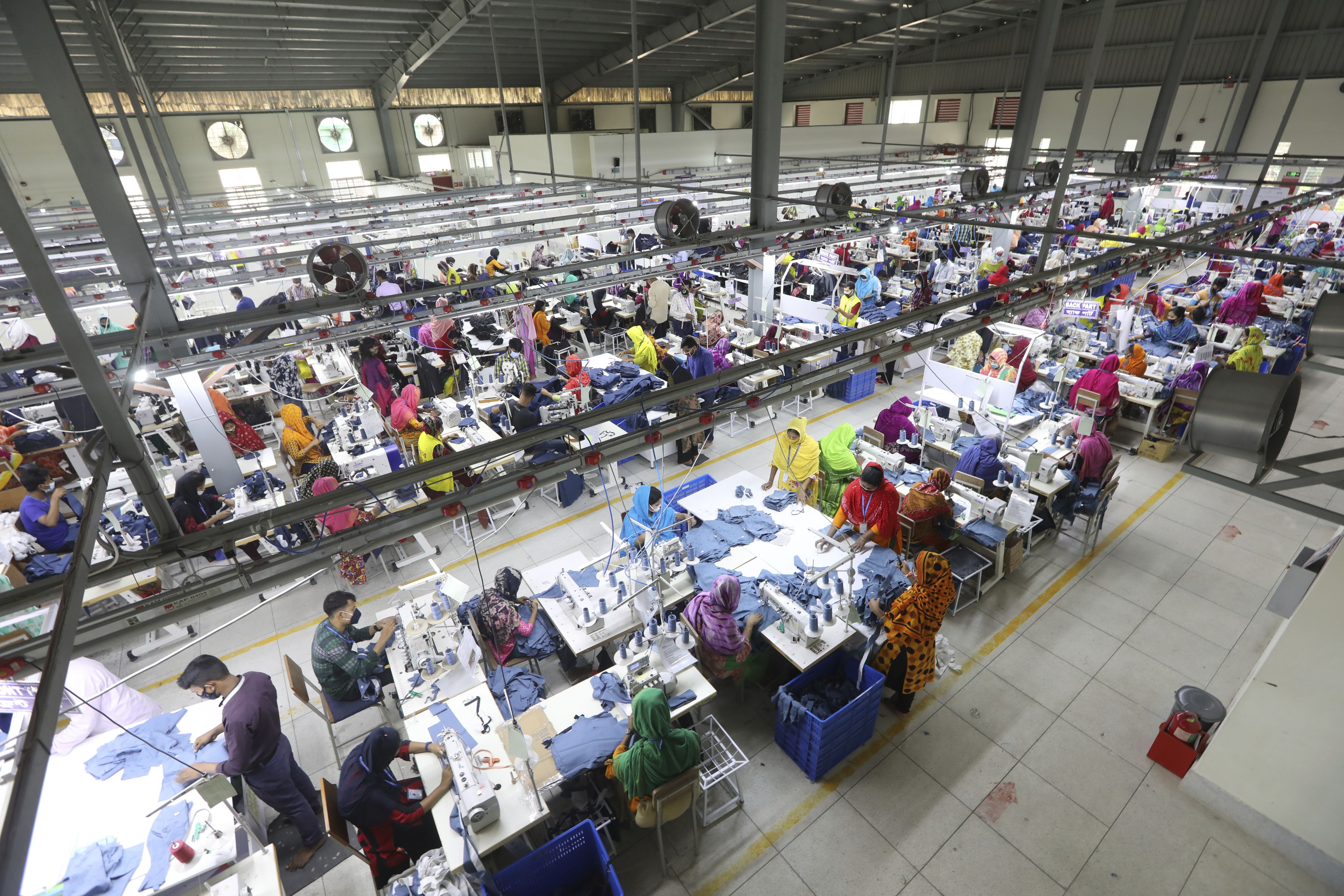
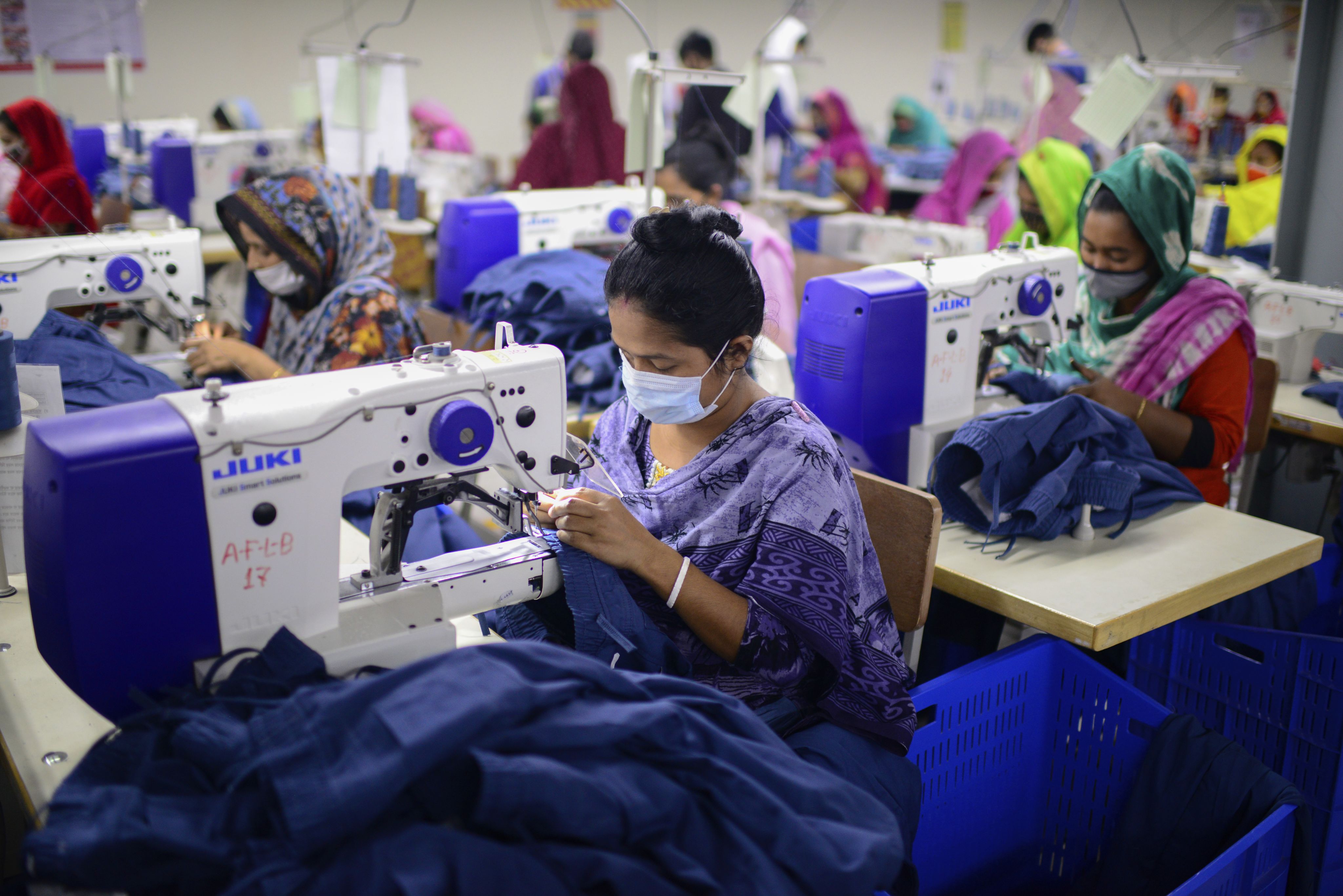
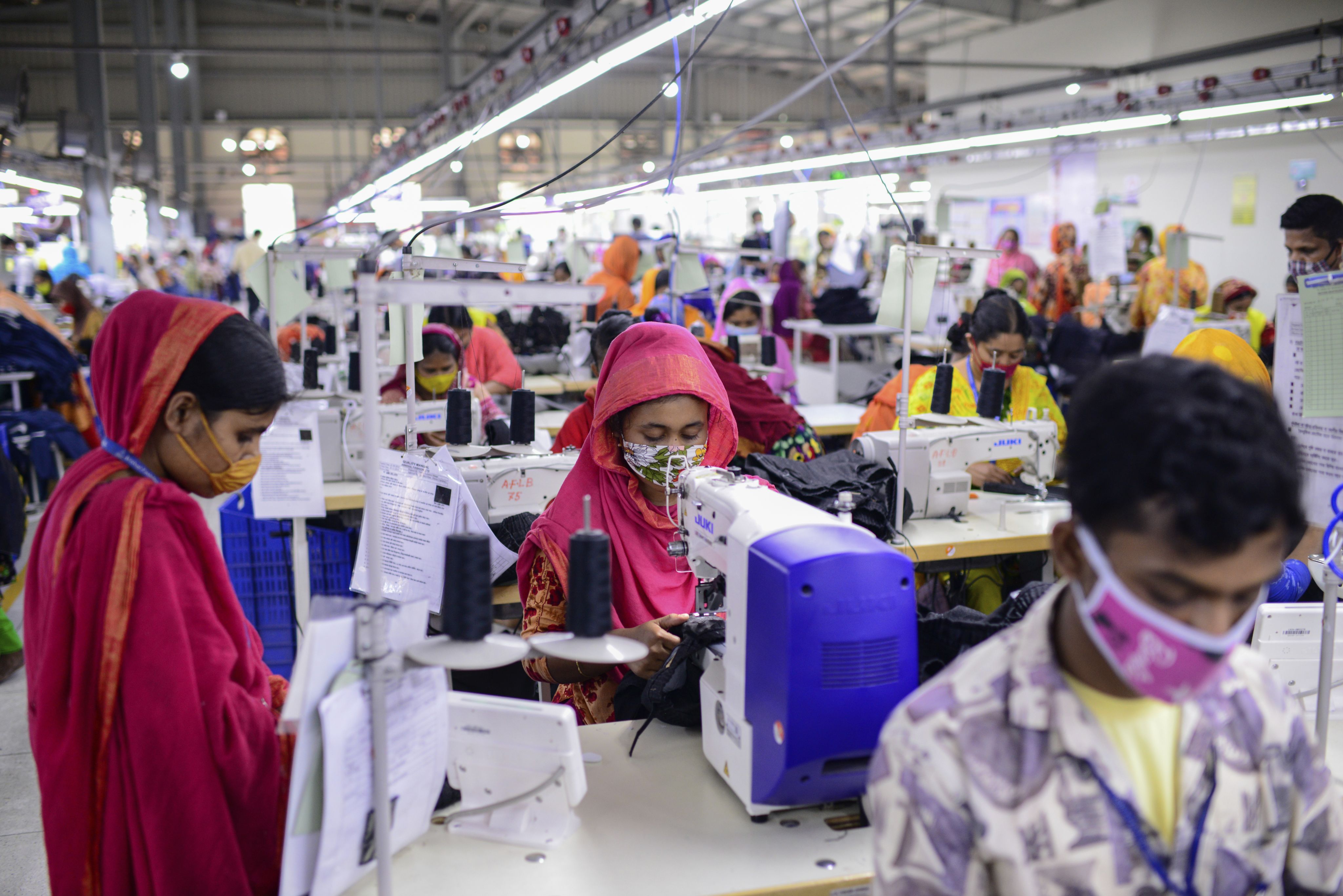

Bangladeshi garment workers manufacture clothing at a factory on the outskirts of Dhaka, Bangladesh. (Photo Courtesy of AP Photos).
Bangladeshi garment workers manufacture clothing at a factory on the outskirts of Dhaka, Bangladesh. (Photo Courtesy of AP Photos).

machinery is seen at the Tazreen garment factory that caught fire on Nov. 24 killing more than 100 people, in Savar, on the outskirts of Dhaka, Bangladesh. (Photo Courtesy of AP Photos).
machinery is seen at the Tazreen garment factory that caught fire on Nov. 24 killing more than 100 people, in Savar, on the outskirts of Dhaka, Bangladesh. (Photo Courtesy of AP Photos).

trainees work at Snowtex garment factory in Dhamrai, near Dhaka, Bangladesh. (Photo Courtesy of AP Photos).
trainees work at Snowtex garment factory in Dhamrai, near Dhaka, Bangladesh. (Photo Courtesy of AP Photos).

Garment employees work at Arrival Fashion Ltd. in Gazipur, Bangladesh, Saturday, March 13, 2021. (Photo Courtesy of AP Photo).
Garment employees work at Arrival Fashion Ltd. in Gazipur, Bangladesh, Saturday, March 13, 2021. (Photo Courtesy of AP Photo).

Garment employees work at Arrival Fashion Limited in Gazipur, Bangladesh, Saturday, March 13, 2021. (Photo Courtesy of AP Photo).
Garment employees work at Arrival Fashion Limited in Gazipur, Bangladesh, Saturday, March 13, 2021. (Photo Courtesy of AP Photo).

Garment factory employees work at Arrival Fashion Ltd. in Gazipur, Bangladesh, Saturday, March 13, 2021. (Photo Courtesy of AP Photo).
Garment factory employees work at Arrival Fashion Ltd. in Gazipur, Bangladesh, Saturday, March 13, 2021. (Photo Courtesy of AP Photo).
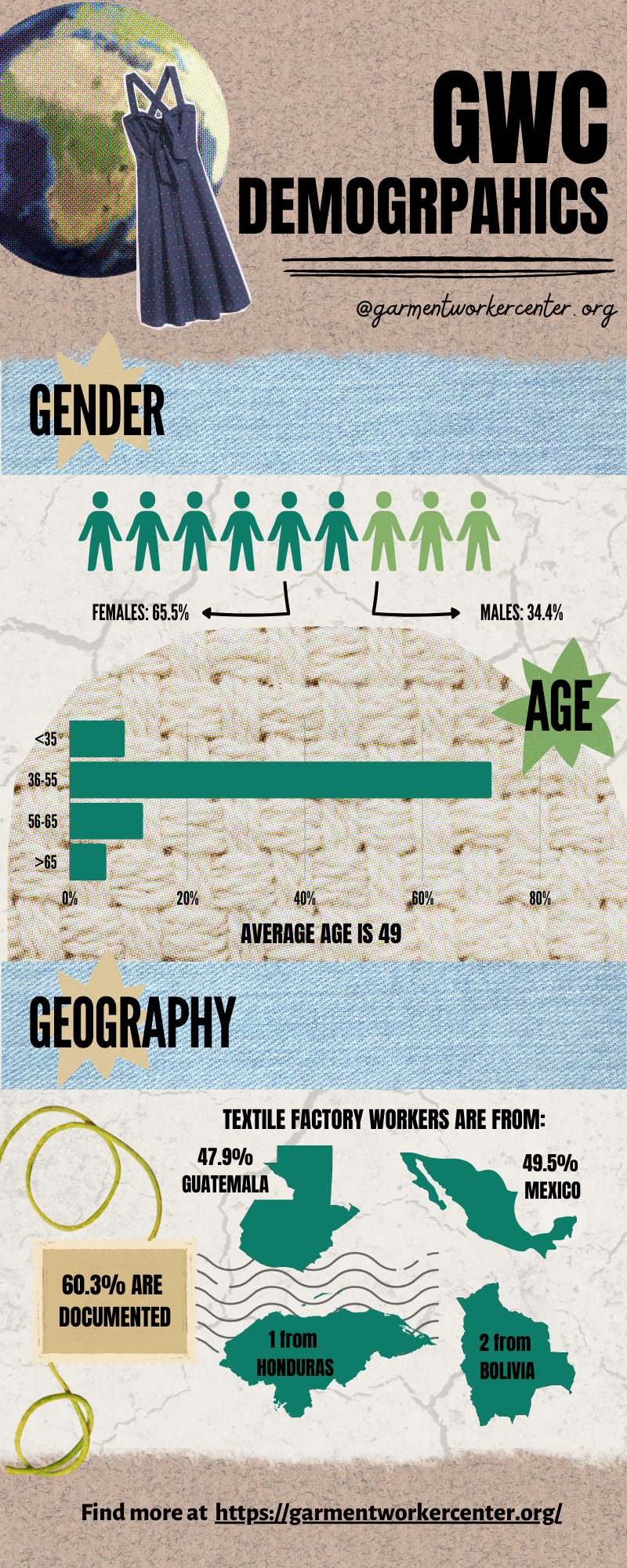
Garment Worker Center is an organization that leads an anti-sweatshop movement and also improvement of work conditions for garment employees across Los Angeles. Los Angeles, along with Miami, El Paso and New York, is one the largest hubs for labor trafficking.
"Through direct organizing, GWC develops leaders who demand enforcement of strong labor laws and accountability from factory owners, manufacturers, and fashion brands. We center immigrant workers, women of color, and their families who are impacted by exploitation in the fashion industry."
Not only does GWC help members turn their life around, but they also aid in the healing process of trauma that garment workers face.
Coleman recognizes that employers can be "cruel and punitive." The GWC ensures that members know how to fight back.
"We consider our members not simply victims of their exploitation but, instead, as empowered actors in the fight to build working class power against exploitation."
According to the Department of Labor, there are 30,000 registered garment factories just in Los Angeles. The DOL estimates that 80% of these commit wage theft.
This means that garment workers were getting paid less than both federal and California state's minimum wage. The lowest rate found was $1.58 as of 2022.
There has been more than $10.4 million in compensation checks to workers worldwide in return for liquidation and back wages.
Most workers are immigrant families that are just trying to make a living.
Factory managers like hiring those without work visas because it gives them an opportunity to underpay without having to keep record.
Immigrant families often get stuck in this trap because they are told they will get paid and be able to provide a life for their families. They cannot leave their only means of wage, because they cannot work anywhere else with out documentation.
How to solve an unsolvable issue

Examples of fast fashion websites. (Photo Courtesy of AP Photos).
Examples of fast fashion websites. (Photo Courtesy of AP Photos).
Consumer Reform
Justine Phillips spoke in her TED Talk: the simple solution to fast fashion, on the value of our clothing.
Consumers love to keep up with trends.
A way to better the issue would be to mindfully spend. And this starts when you start to love your closet.
"Clothing can just be clothing…or it can be thoughtful, materially shaped to you, something that embodies the stories and experiences of your life."
So, next time you buy a piece of clothing, think to yourself:
- Do I need this?
- What has it taken for this to be produced?
- What story can I create alongside this item?
- Will I value this item?
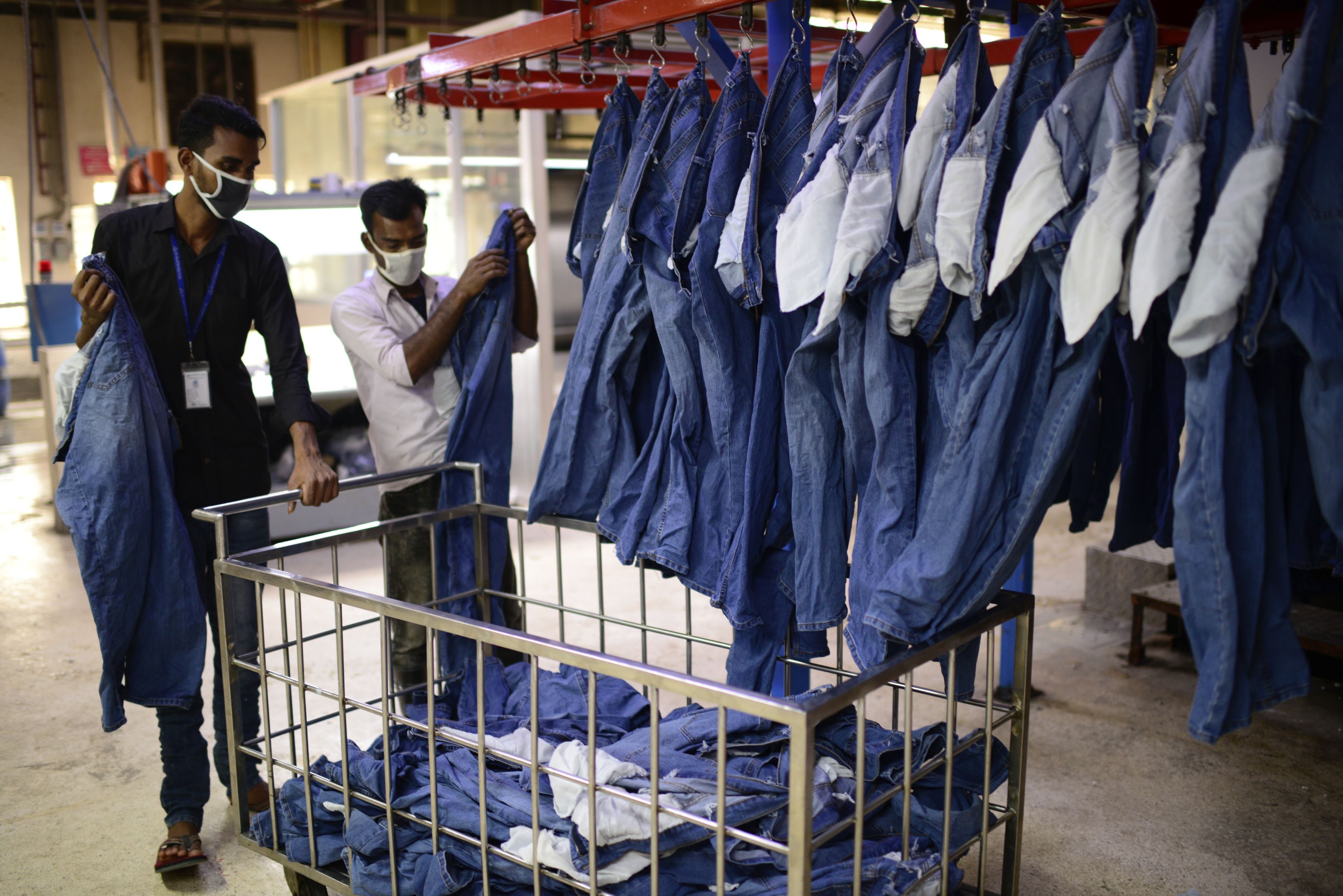
Garment Workers manufacturing jeans in Bangladesh. (Photo Courtesy of AP Photo).
Garment Workers manufacturing jeans in Bangladesh. (Photo Courtesy of AP Photo).
Careful Recycling
Resources like the American Textile Recycling Center, are great places to donate your clothing.
Clothing is not meant to be thrown away like garbage, don't treat it like trash.
Ways to ensure that you are properly disposing of your garments:
- Donate to a women's shelter or thrift store.
- Recycle your clothing at a disposal site made for textiles.
- Pass down your clothes to other friends or family.
- Up cycle your clothing yourself!
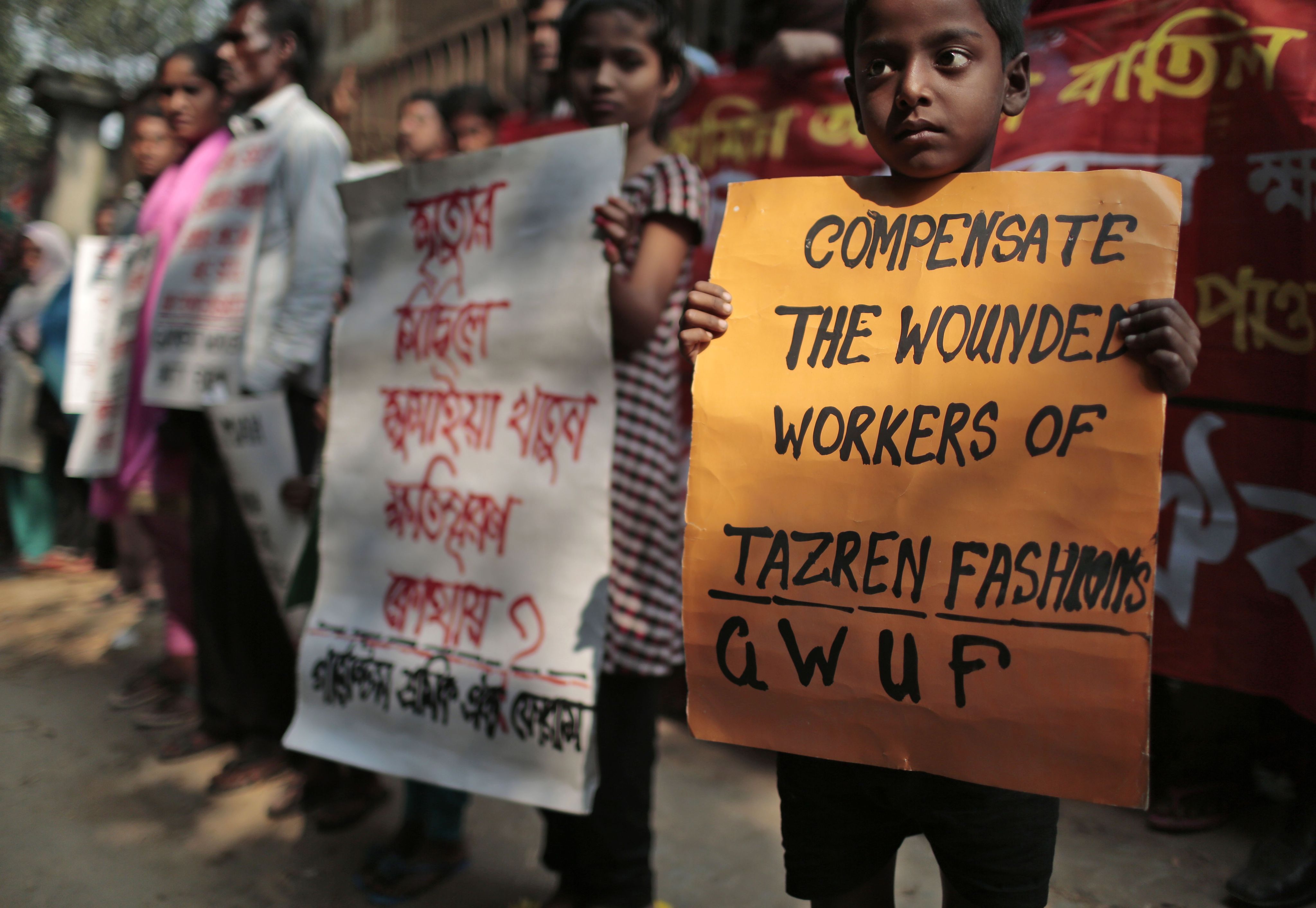
Protest after 2013 Rana Plaza incident. (Photo Courtesy of AP Photos).
Protest after 2013 Rana Plaza incident. (Photo Courtesy of AP Photos).
Conversating
Megan Otte said the best way to spark a change in a topic, is to start the conversation.
There are certain levels of awareness of complex issues like fast fashion.
However, just understanding the basic knowledge can make a difference.
Otte suggests:
- Understanding cost of fast fashion, "why is this shirt so cheap?"
- Critical thinking, you are more than just a consumer.
- Intentional spending.
